Xiaoxia Xing
MIPI 2024 Challenge on Few-shot RAW Image Denoising: Methods and Results
Jun 11, 2024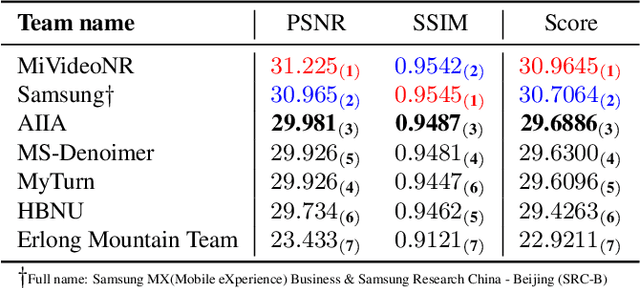
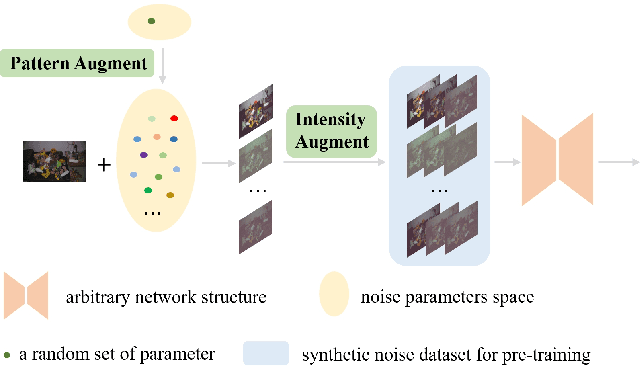


Abstract:The increasing demand for computational photography and imaging on mobile platforms has led to the widespread development and integration of advanced image sensors with novel algorithms in camera systems. However, the scarcity of high-quality data for research and the rare opportunity for in-depth exchange of views from industry and academia constrain the development of mobile intelligent photography and imaging (MIPI). Building on the achievements of the previous MIPI Workshops held at ECCV 2022 and CVPR 2023, we introduce our third MIPI challenge including three tracks focusing on novel image sensors and imaging algorithms. In this paper, we summarize and review the Few-shot RAW Image Denoising track on MIPI 2024. In total, 165 participants were successfully registered, and 7 teams submitted results in the final testing phase. The developed solutions in this challenge achieved state-of-the-art erformance on Few-shot RAW Image Denoising. More details of this challenge and the link to the dataset can be found at https://mipichallenge.org/MIPI2024.
Conflict-Based Cross-View Consistency for Semi-Supervised Semantic Segmentation
Mar 03, 2023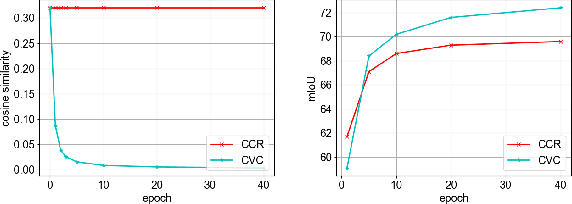
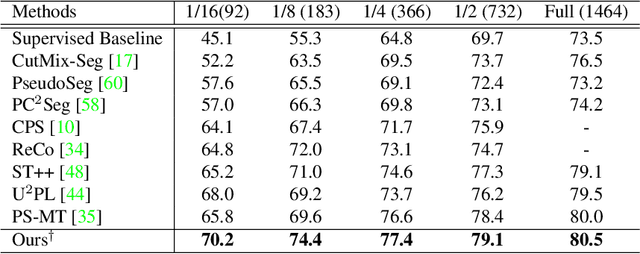
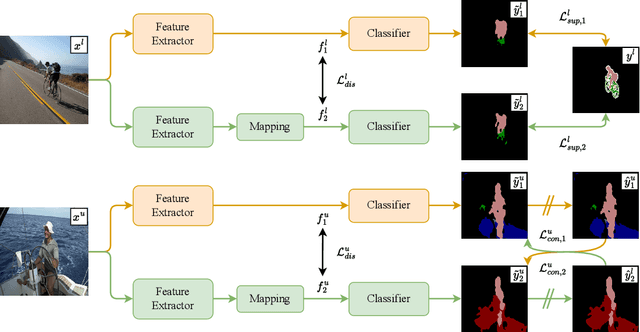
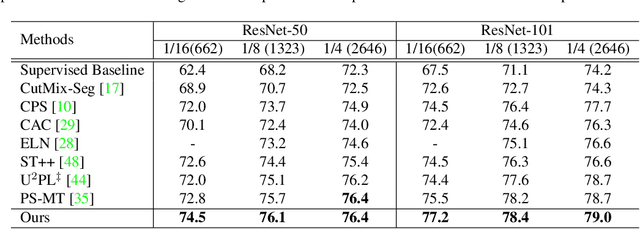
Abstract:Semi-supervised semantic segmentation has recently gained increasing research interest as it can reduce the requirement for large-scale fully-annotated training data by effectively exploiting large amounts of unlabelled data. The current methods often suffer from the confirmation bias from the pseudo-labelling process, which can be alleviated by the co-training framework. The current co-training-based semi-supervised semantic segmentation methods rely on hand-crafted perturbations to prevent the different sub-nets from collapsing into each other, but these artificial perturbations cannot lead to the optimal solution. In this work, we propose a new conflict-based cross-view consistency (CCVC) method based on a two-branch co-training framework for semi-supervised semantic segmentation. Our work aims at enforcing the two sub-nets to learn informative features from irrelevant views. In particular, we first propose a new cross-view consistency (CVC) strategy that encourages the two sub-nets to learn distinct features from the same input by introducing a feature discrepancy loss, while these distinct features are expected to generate consistent prediction scores of the input. The CVC strategy helps to prevent the two sub-nets from stepping into the collapse. In addition, we further propose a conflict-based pseudo-labelling (CPL) method to guarantee the model will learn more useful information from conflicting predictions, which will lead to a stable training process. We validate our new semi-supervised semantic segmentation approach on the widely used benchmark datasets PASCAL VOC 2012 and Cityscapes, where our method achieves new state-of-the-art performance.
Localizing Discriminative Visual Landmarks for Place Recognition
Apr 14, 2019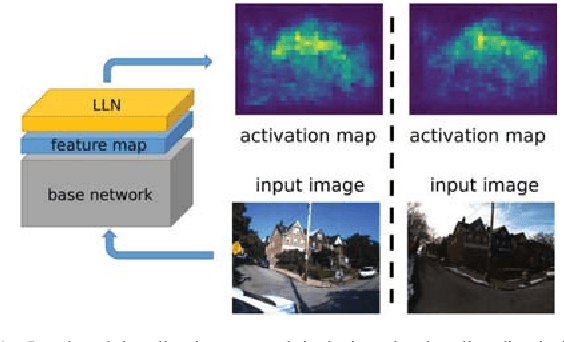
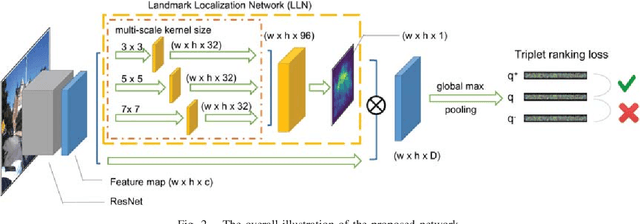
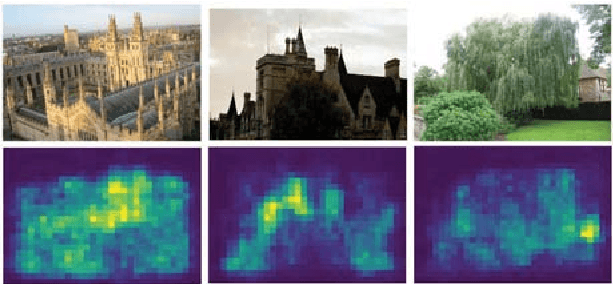
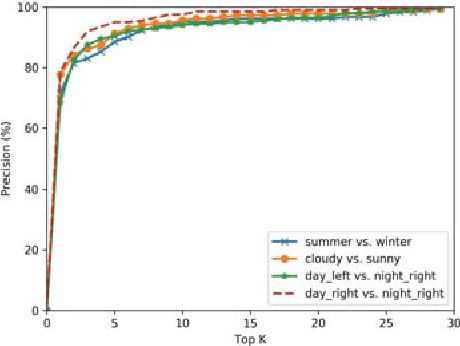
Abstract:We address the problem of visual place recognition with perceptual changes. The fundamental problem of visual place recognition is generating robust image representations which are not only insensitive to environmental changes but also distinguishable to different places. Taking advantage of the feature extraction ability of Convolutional Neural Networks (CNNs), we further investigate how to localize discriminative visual landmarks that positively contribute to the similarity measurement, such as buildings and vegetations. In particular, a Landmark Localization Network (LLN) is designed to indicate which regions of an image are used for discrimination. Detailed experiments are conducted on open source datasets with varied appearance and viewpoint changes. The proposed approach achieves superior performance against state-of-the-art methods.
 Add to Chrome
Add to Chrome Add to Firefox
Add to Firefox Add to Edge
Add to Edge